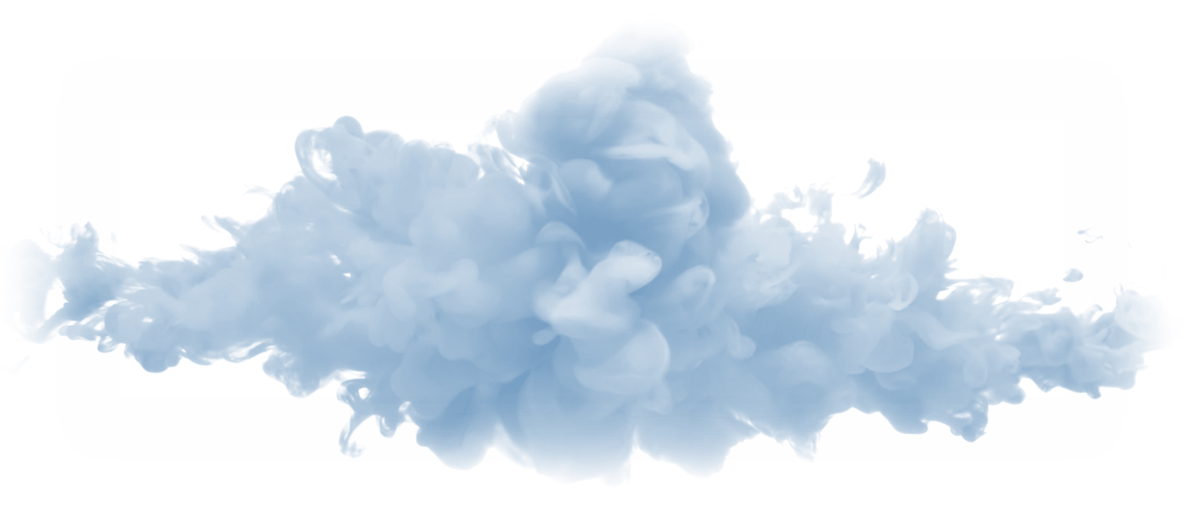High Confidence Modelling of Particle Resuspension
Theme: Basic processes
Start date: Cohort 2: 2020
Supervisors: Prof. Jonathan Reid, Prof. Darragh Murnane, Prof. Wuge Briscoe
Abstract:
The phenomenon of particles being resuspended from surfaces has long been neglected from aerosol dispersion models, mainly due to a lack of knowledge on its governing factors [1]. This project aims to develop an existing model for resuspension, the ‘Rock n’ Roll’ model, created by Reeks and Hall and implemented by Biasi et al., using a stepwise method of model development alongside experimental validation that has been demonstrated successfully by Vincent et al. [1][2][3]. The intent is to build upon the strong physical foundations of the “Rock n’ Roll” model by gradually introducing factors that are known to affect particle resuspension but are not incorporated into the existing model. Many of these factors, particularly those influencing particle-surface interactions, have not been extensively researched and will need to be experimentally analysed prior to model development. This will be completed with a range of techniques; including atomic force microscopy, to evaluate the adhesion of particles to a surface, and wind tunnel experiments, coupled with high frame rate imaging, to observe resuspension. The initial focus of the project will be on particle morphology and surface roughness. The former is particularly relevant as it offers the opportunity to implement a novel method developed at the University of Bristol for drying droplets to form structures of a controlled and uniform morphology. By incorporating these factors, and time permitting, other model improvements, the intention is to develop a model with increased complexity, allowing for improved accuracy and greater flexibility to a range of real-world scenarios.
